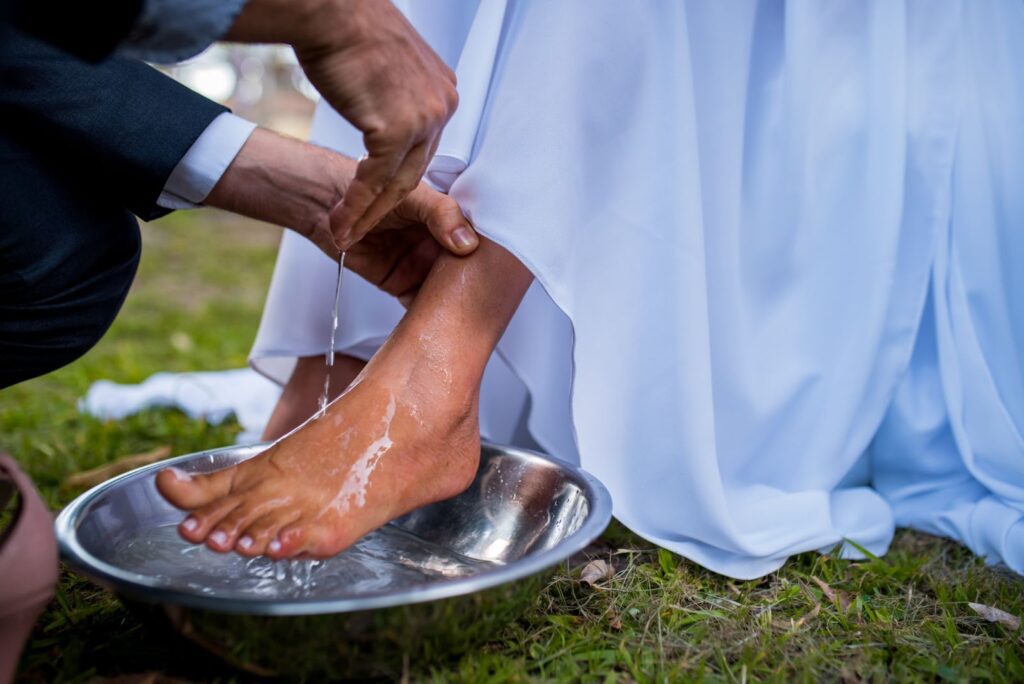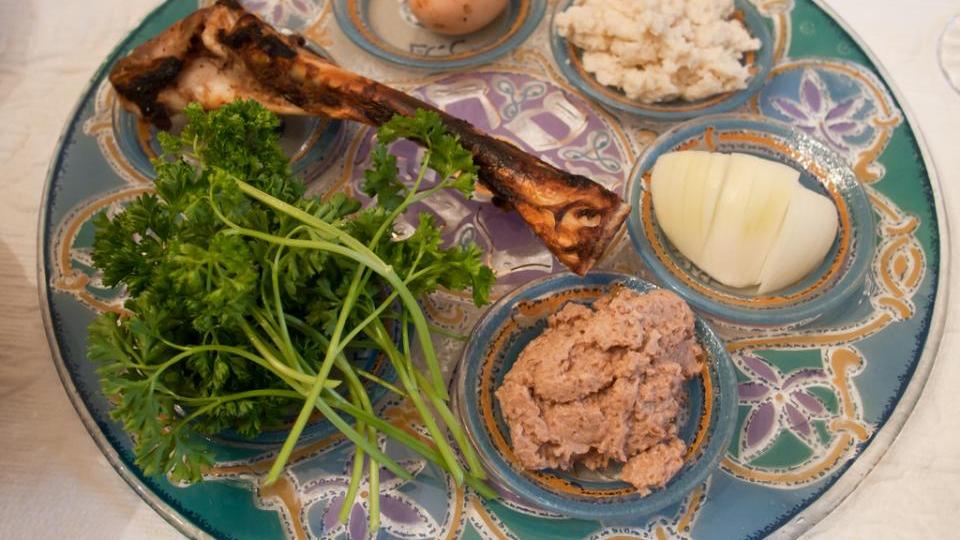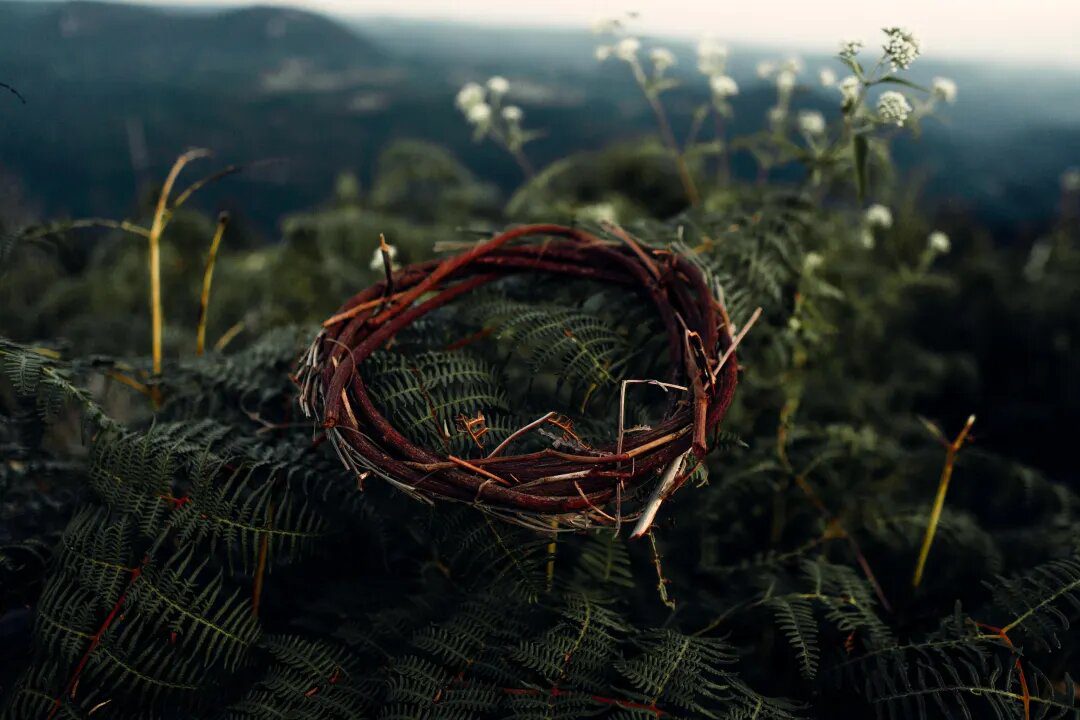Each community that celebrates Jesus Christ as their Lord and Savior has different ways they remember and celebrate Holy Week. The beauty of the body of Christ is that while each denomination may remember, celebrate, and emphasize one sliver of Jesus’ story differently, all believers come together to rejoice that Jesus conquered death. Our different traditions are united under the name of Christ.
While you celebrate Jesus’ resurrection this Easter according to your own church’s traditions, take a moment to remember these other traditions in the universal church family and rejoice that there are other believers holding space to remember these important parts of our faith story.
Maundy Thursday – 3-Fold Communion

Image: Samuel Lima
During the Last Supper with his disciples, Jesus knelt to wash the feet of his disciples. This symbol of servant leadership and humility carries significant meaning and purpose for the Brethren, which is my denomination. The Brethren denomination is part of the larger Anabaptist and Pietist family of churches, which includes groups like the Mennonites. We’re a peace-loving tradition.
The Brethren practice a communion modeled after Jesus’ supper with his disciples. “Threefold” communion includes footwashing, a “love feast” (a meal shared with the church family), and the traditional bread and cup of communion. Our church celebrates threefold communion twice a year, once in the fall, and once in the spring, on the Thursday prior to Easter (Maundy Thursday).
Good Friday – Stations of the Cross

Image: Etsy Gabby Dreams
Nearly every Catholic as well as Lutheran, Anglican, and Methodist church incorporates some form of the Stations of the Cross. The Stations of the Cross are 14 pictures or carvings that depict the events in the Passion of the Christ. The tradition began with pilgrims who visited the Holy Land sometime between the 12th and 15th centuries to walk the symbolic route of the Via Dolorosa in Jerusalem.
The Stations of the Cross lead individuals through prayers, readings, and meditations according to what each “Station” portrays. This practice frequently takes place on Good Friday, but followers also may engage in this practice throughout Lent as a way to reflect on the suffering that Jesus endured on his way to the cross.
Holy Saturday – Passover Seder Meal

Seder plate. Image: Beth Immanuel Messianic Synagogue
Messianic Jews (Jews who believe Jesus is the Messiah) remember the Passover and the Last Supper of Jesus together when they celebrate the Seder meal. According to D.T. Lancaster of Beth Immanuel Messianic Synagogue, “The seder celebrates Israel’s redemption from Egypt. Bitter herbs, unleavened bread and the fruit of the vine are enjoyed while the story of the Exodus is retold. In temple times, lamb was eaten. Because there is no temple today, it is forbidden to make a sacrifice. Therefore lamb is never eaten at a seder. To do so would be to imply a sacrifice had been made! The seder meal simultaneously tells the story of the Exodus from Egypt and the Last Supper and Passion of the Master. It contains within it the elements of communion, and it is a remembrance of Him.”
Easter Sunday – The Paschal Feast

Image: Holy Ascension Orthodox Church, Paschal Vigil, September 2010. Andrew Gould via LearnReligions.com
Western and Eastern Orthodox churches break the fast of Lent and celebrate Jesus’ resurrection with a highly symbolic and celebratory Paschal feast. Just before midnight on Holy Saturday, Orthodox churches gather for a candlelight procession (the Paschal Vigil). The procession leads into an all-night prayer vigil in some traditions, which begins with the tolling of bells. Following the Paschal Hours and the Paschal Divine Liturgy, which are brief, chanted prayers that reflect the joy of Easter, the fast is broken and the feasting begins.
Greek Orthodox Christians and Russian Orthodox Christians traditionally break the fast immediately after the midnight Resurrection service, while Serbian Orthodox families begin their feasting after their Easter Sunday services.
What are ways your church community remembers Holy Week, Maundy Thursday, Good Friday, Holy Saturday, and Easter Sunday? Join the conversation in the comments at Root & Vine News on Instagram.





 Copyright
2024
Root and Vine
Copyright
2024
Root and Vine